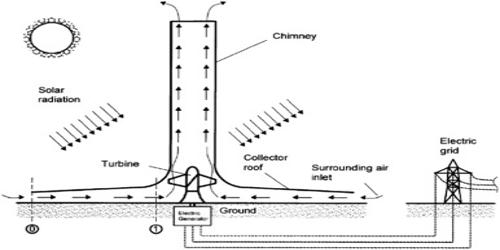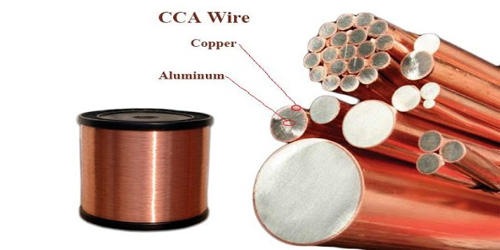Solar chimneys are a form of passive building design. A solar chimney – often referred to as a thermal chimney – is a way of improving the natural ventilation of buildings by using convection of air heated by passive solar energy. It is a type of passive solar heating and cooling system that can be used to regulate the temperature of a building as well as providing ventilation. A simple description of a solar chimney is that of a vertical shaft utilizing solar energy to enhance the natural stack ventilation through a building. Like a Trombe wall or solar wall, solar chimneys are a way to achieve energy-efficient building design.
The solar chimney has been in use for centuries, particularly in the Middle East and Near East by the Persians, as well as in Europe by the Romans. They are generally tall, wide structures constructed, facing the sun, with a dark-colored, matt surface designed to absorb solar radiation.
Description
Solar chimneys are easy and inexpensive means to heat and ventilate a building. In its simplest form, the solar chimney consists of a black-painted chimney. When the solar radiation hits the side of the chimney, the column of air inside the chimney is heated. During the day solar energy heats the chimney and the air within it, creating an updraft of air in the chimney. Essentially, solar chimneys are hollow containers that connect the inside part of the building to the outside part of the building. The suction created at the chimney’s base can be used to ventilate and cool the building below.
There are however a number of solar chimney variations. The basic design elements of a solar chimney are:
- The solar collector area: This can be located in the top part of the chimney or can include the entire shaft. The orientation, type of glazing, insulation, and thermal properties of this element are crucial for harnessing, retaining, and utilizing solar gains.
- The main ventilation shaft: The location, height, cross-section, and the thermal properties of this structure are also very important.
- The inlet and outlet air apertures: The sizes, location as well as aerodynamic aspects of these elements are also significant.
A principle has been proposed for solar power generation, using a large greenhouse at the base rather than relying solely on heating the chimney itself. This provides a type of convective air heating. As the air cools in the room it is pulled back into the solar chimney, heating once again. When solar chimneys are used for heating, they operate similarly to Trombe walls.
Solar chimneys are painted black so that they absorb the sun’s heat more effectively. They are most efficient when they are tall and wide, but not very deep. When the air inside the chimney is heated, it rises and pulls cold air out from under the ground via the heat exchange tubes. It is important that the chimney is insulated from the building itself so that heat gains do not transmit into occupied spaces.
















